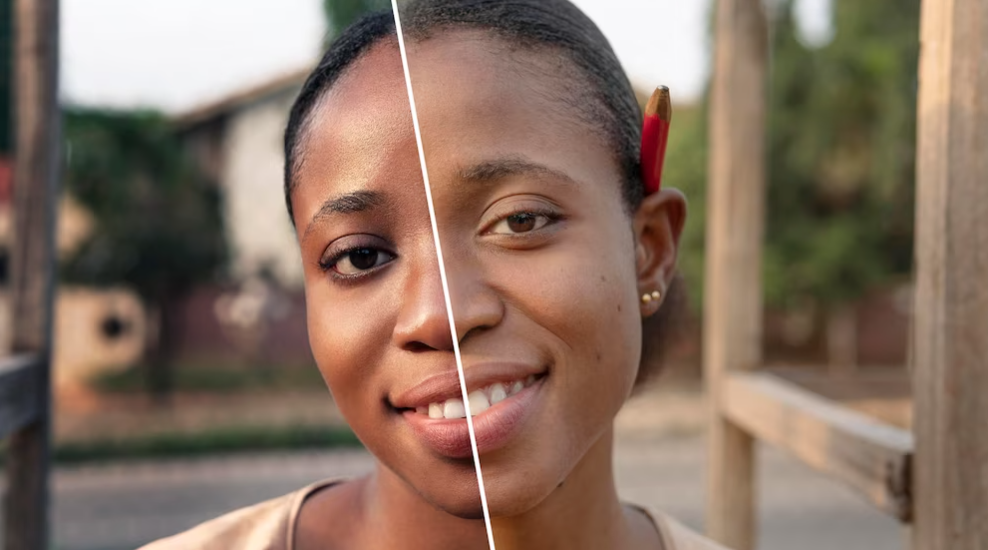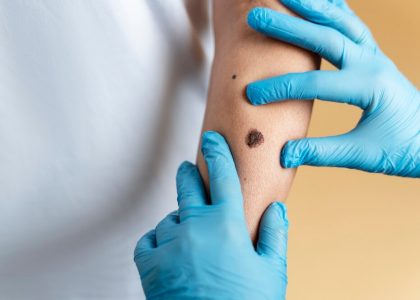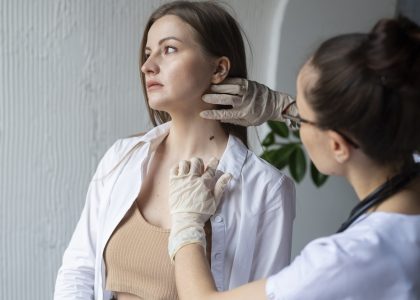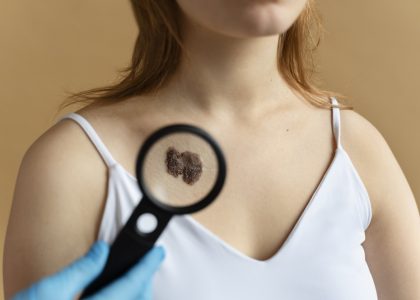Scar formation is common after any injury. Scars form as the skin continues to heal naturally over a while. Although several scar treatment options are available, the general line of treatments includes the application of antibacterial ointments, keeping the area clean, refraining from picking scabs, and protecting the area from sun exposure. In some cases, however, the scars may be prominent ones in visible areas and therefore need specific treatments. We discuss some treatment options here.
Topical Treatments

Some over-the-counter antihistamines, corticosteroids, and anesthetic ointments can be used for reducing inflammation, itchiness, and discomfort in the scar area. Other corticosteroid creams require prescriptions. These are used when the wound is still healing and the scars are still new and pink. These creams help in preventing excessive scarring when the wound heals. Topical silicone gels are also available for self-application. It dries immediately and forms a protective sheet on top of the wound.
Injection Treatments

Scars that are thick or raised are called hyper-trophic or keloid scars. Corticosteroid injections are used to treat many such injections that are pushed at the scar site for managing inflammation, pain, and itching. Depending on the nature and type of scar, these injections are repeated once every 4 to 6 weeks. Filler injections are used for filling in depressed scars. These are mostly used for cosmetic purposes. The procedure may be required to be repeated once every few years as desired.
Surface Treatments
Skin resurfacing is a form of treatment that scrapes off or removes the topmost layer so that fresh, smooth skin layers can form. This also removes irregularities and makes scars less prominent. It also helps in reducing and managing acne scars, skin lines, sun damage, and age spots. A topical anesthetic is applied on the skin in most cases and the skin may appear blotchy and sensitive for many weeks following the process. Skin resurfacing is done using artificial chemical peels, laser therapy, or through dermabrasion. Vascular laser or skin bleaching treatments are also used.
Apart from the above options, surgical treatments are also available for treating scars. Here, either general or local anesthesia is administered and a flap extracted from a healthy skin area is used for reconstructing the scarred spot. When flap placement is not possible, an expandable silicon tissue is placed on the scar.








Toucһe. Sound arguments. Keep up the great effort.